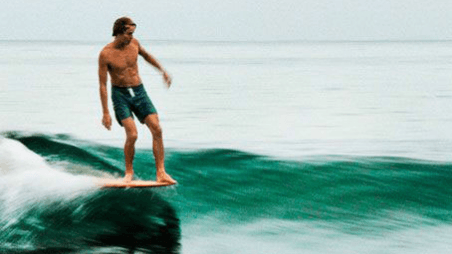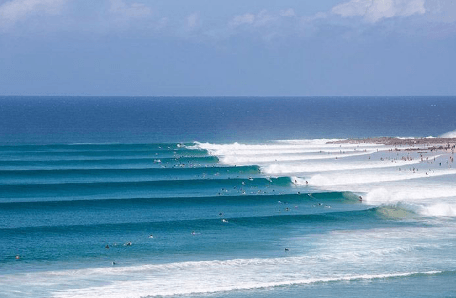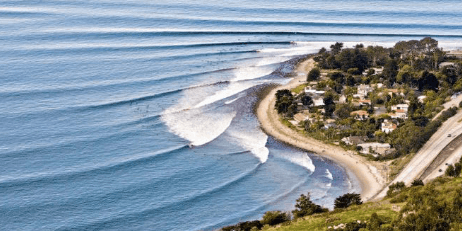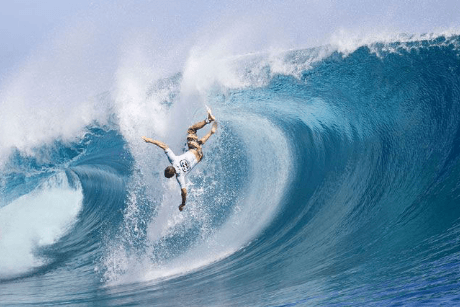Best Tides to Surf in the Sayulita and Punta de Mita Area
Every day, surfers inquire about the optimal tides for surfing in the Sayulita and Punta Mita region. Understanding the nuances of incoming and outgoing tides, especially in relation to different types of breaks, can significantly enhance your surfing experience.
Situated along the Pacific Coast of Mexico, Sayulita and Punta Mita offer waves year-round. Sayulita, facing north, is ideal for North swells, while Punta Mita, with spots like La Lancha, is more receptive to South swells. The coastline between these two points accommodates various swell directions due to its rugged terrain.
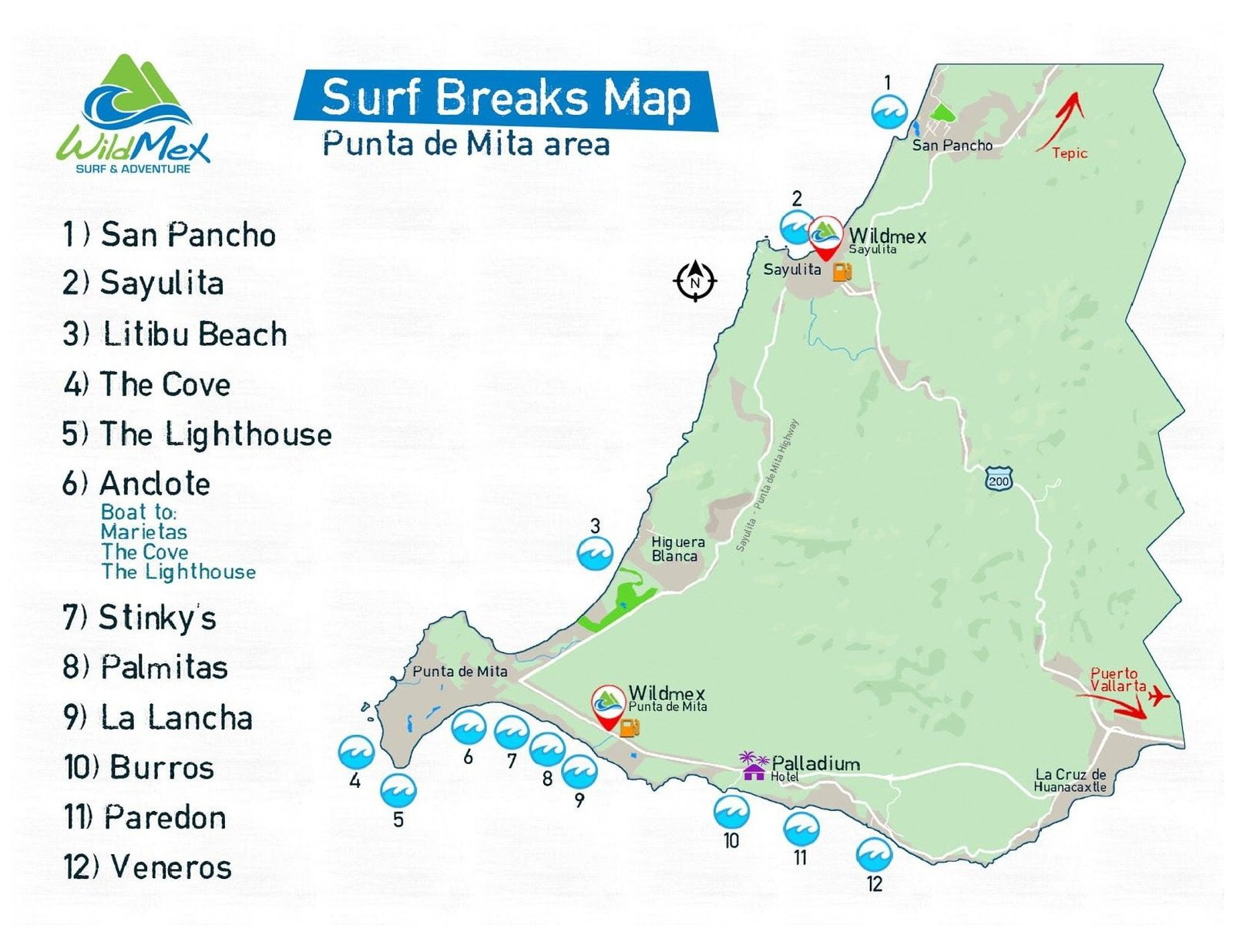
Now, what exactly is "swell"? Swell refers to waves generated by distant storms in the ocean. As swell approaches shallow waters near the coast, it forms the waves surfers ride. The direction and size of swell greatly influence surfing conditions.
Let's delve into specifics. Sayulita boasts a gentle, beginner-friendly wave on its left side, best enjoyed at high tide. Conversely, the right side offers a rock bottom point break suited for intermediate to advanced surfers, preferable at low or mid tide.
Moving north to San Pancho, you'll encounter a punchy left-hand river mouth break, suitable for shortboarders during low to mid tide.
Southward lies Punta Mita, featuring renowned breaks like La Lancha, a consistent reef break suitable for beginners and longboarders in all tide conditions, albeit with caution at low tide due to rocks.
In the vicinity, Anclote, The Lighthouse, and Stinky's offer reef and rocky breaks, thriving at low to mid tide. Palmitas, a beach break, delivers punchy waves best surfed at mid to high tide.
Further south near Puerto Vallarta, Burros provides a reef break favoring rights over lefts, particularly at low tide.
In essence, beach breaks typically excel at mid to high tide, while reefs perform best at low to mid tide. However, local conditions may vary, emphasizing the importance of checking updated swell forecasts and tidal information.
For real-time updates on swell direction, wind conditions, and tidal patterns, refer to websites like Magic Seaweed or Surfline.

